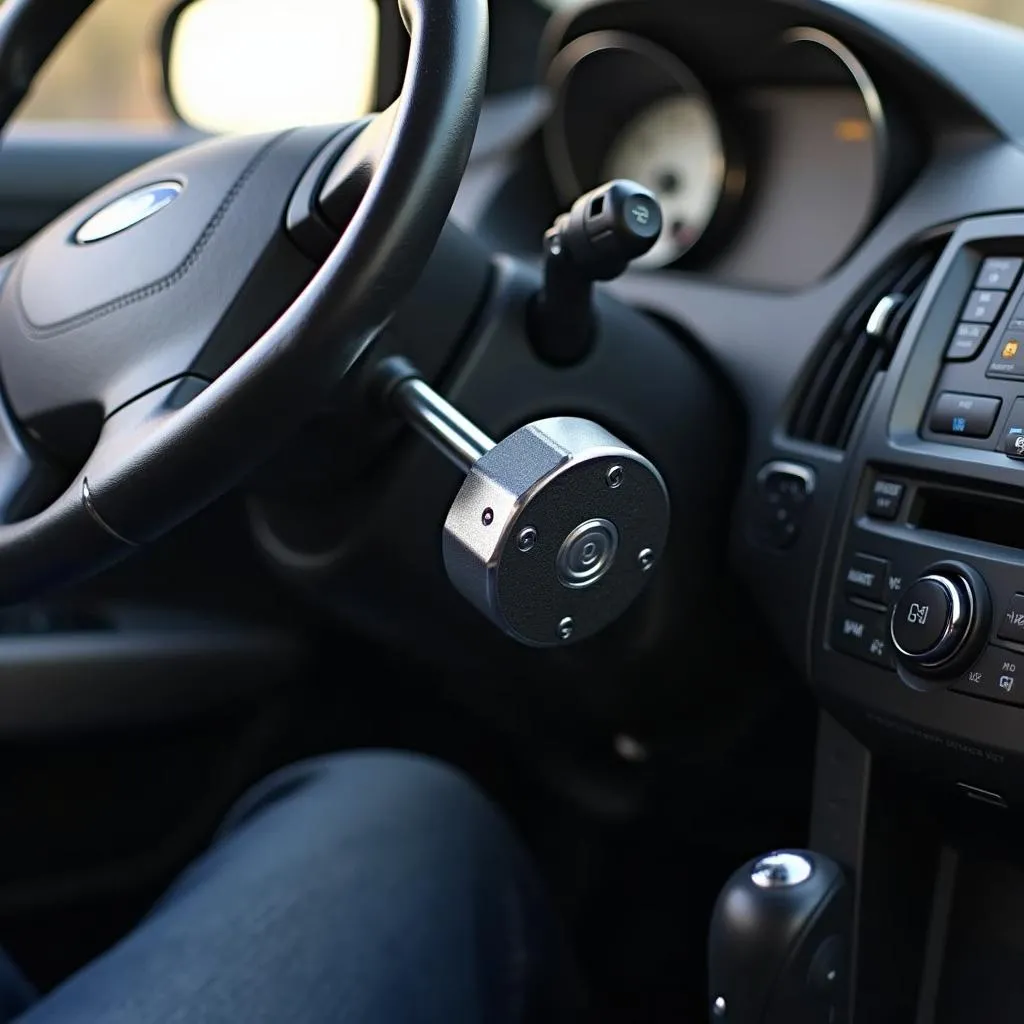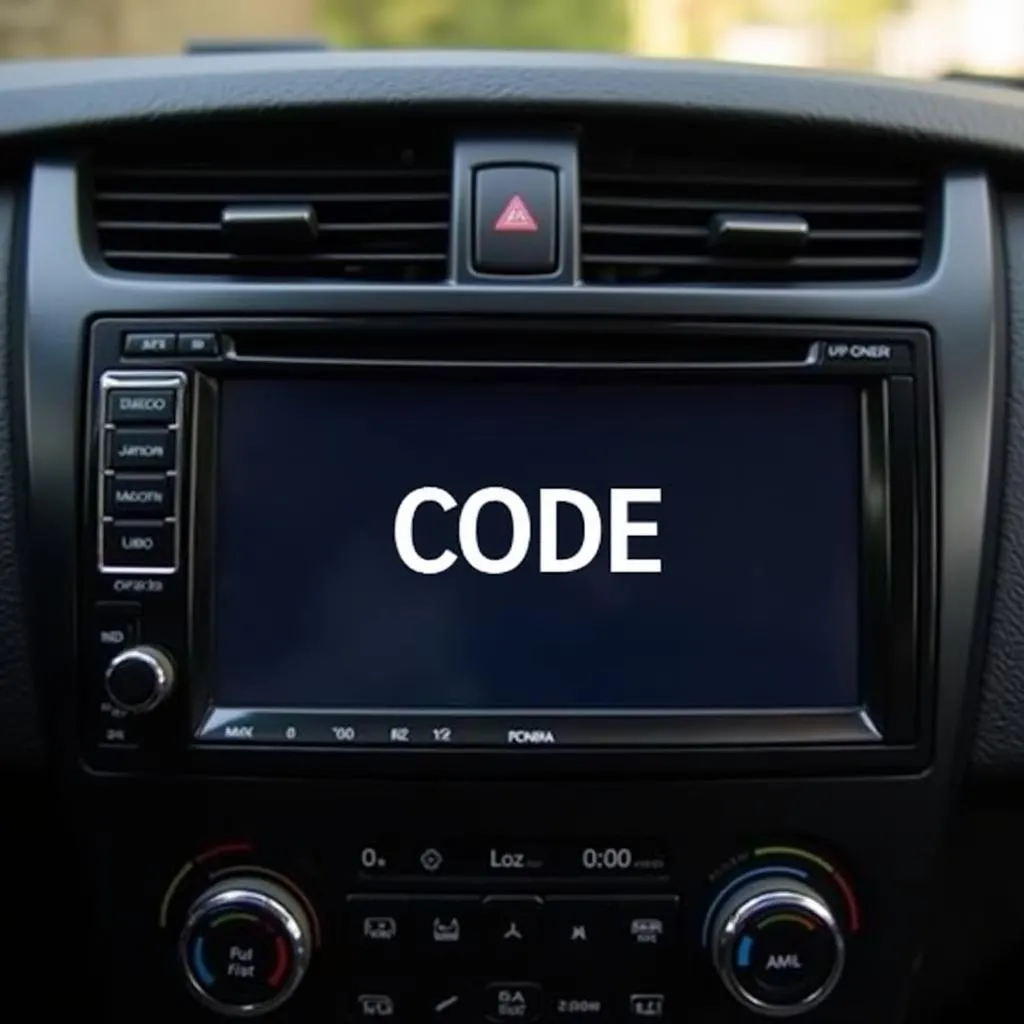A glowing brake warning light on your 2005 Hyundai Elantra’s dashboard can send shivers down any driver’s spine. It’s a clear signal that something isn’t right with your braking system and needs immediate attention. Before you jump to conclusions about costly repairs, let’s demystify this common issue and explore the potential causes, solutions, and even how remote diagnostics can help.
Understanding Your 2005 Elantra’s Brake Warning Light
The brake warning light symbol, usually a red circle with an exclamation mark or the word “BRAKE” in the center, is your car’s way of communicating a potential problem within the braking system. While it can be alarming, understanding the potential triggers can save you unnecessary worry and help you take the right steps toward a solution.
Common Causes of a Lit Brake Warning Light
Here are some of the most frequent reasons why your 2005 Elantra’s brake warning light might be illuminated:
-
Low Brake Fluid: This is the most common culprit. Brake fluid is essential for transmitting force from your foot to the brakes. A leak or simply needing a top-up can trigger the warning light.
-
Worn Brake Pads: Brake pads are designed to wear down over time. When they reach a certain level of thinness, a sensor will activate the warning light, indicating it’s time for replacements.
-
Faulty Brake Light Switch: This switch is responsible for activating your brake lights when you press the pedal. A malfunctioning switch can confuse the system and trigger the warning light.
-
ABS Issue: While less common, a problem with your Anti-lock Braking System (ABS), such as a faulty sensor, can also illuminate the brake warning light.
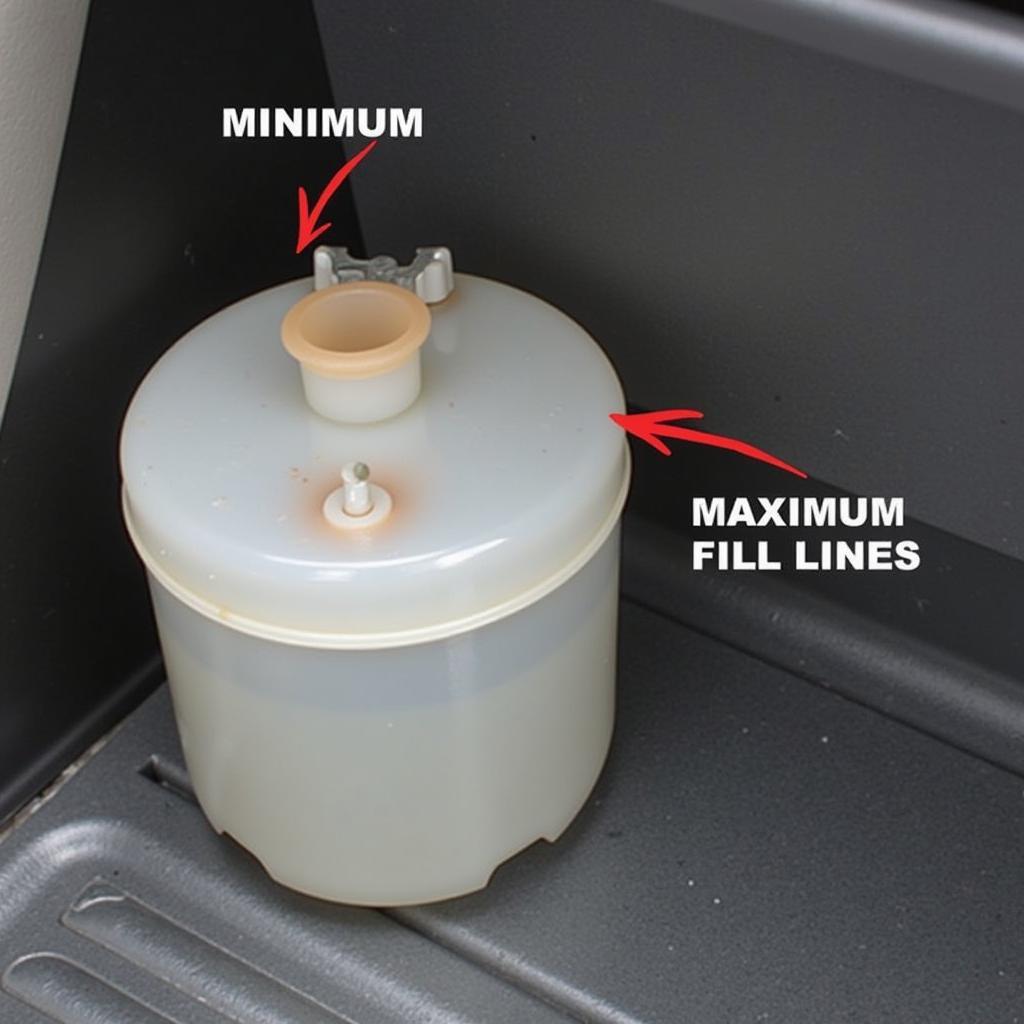 2005 Hyundai Elantra Brake Fluid Reservoir
2005 Hyundai Elantra Brake Fluid Reservoir
Troubleshooting Your 2005 Elantra’s Brake Warning Light
While a professional mechanic should always diagnose the issue, here are some steps you can take:
-
Check Your Brake Fluid Level: Park your Elantra on a level surface and locate the brake fluid reservoir under the hood. The reservoir will have a “MIN” and “MAX” line. If the fluid level is below the “MIN” line, add the appropriate brake fluid (consult your owner’s manual).
-
Inspect Your Brake Pads: If you’re comfortable with basic car maintenance, you can visually check your brake pads through the wheel spokes. Thin pads with less than 1/4 inch of friction material indicate the need for replacement.
-
Consider Remote Diagnostics: Advancements in automotive technology allow mechanics to remotely diagnose issues with your car, including brake system problems. This can save you time and money by pinpointing the issue before visiting a shop.
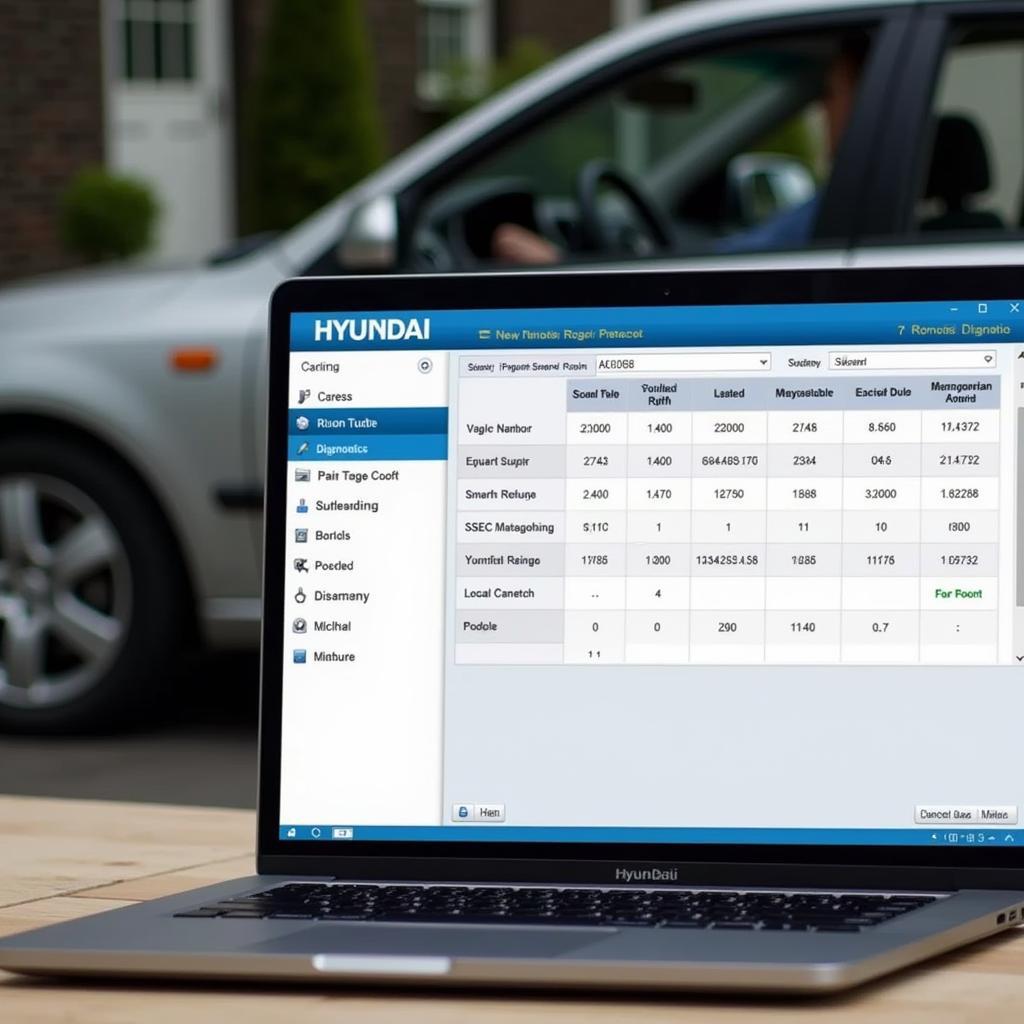 Remote Diagnostics 2005 Hyundai Elantra
Remote Diagnostics 2005 Hyundai Elantra
“Remote diagnostics are revolutionizing car repair,” says John Smith, Senior Automotive Engineer at XYZ Automotive. “We can now identify many issues, including brake system faults, remotely, offering faster and more efficient solutions for drivers.”
When to Seek Professional Help
If the brake warning light remains illuminated after checking the brake fluid and your brake lights aren’t working, it’s crucial to seek immediate professional help. Continuing to drive with a potential brake system issue can be extremely dangerous.
Preventing Future Brake Warning Light Issues
-
Regular Maintenance: Adhering to your Elantra’s maintenance schedule, including brake fluid flushes and brake pad inspections, is key to preventing future issues.
-
Quality Parts: When replacing brake pads or other components, always opt for high-quality parts from reputable brands.
-
Attentive Driving: Avoiding aggressive driving habits, such as hard braking, can prolong the life of your brakes.
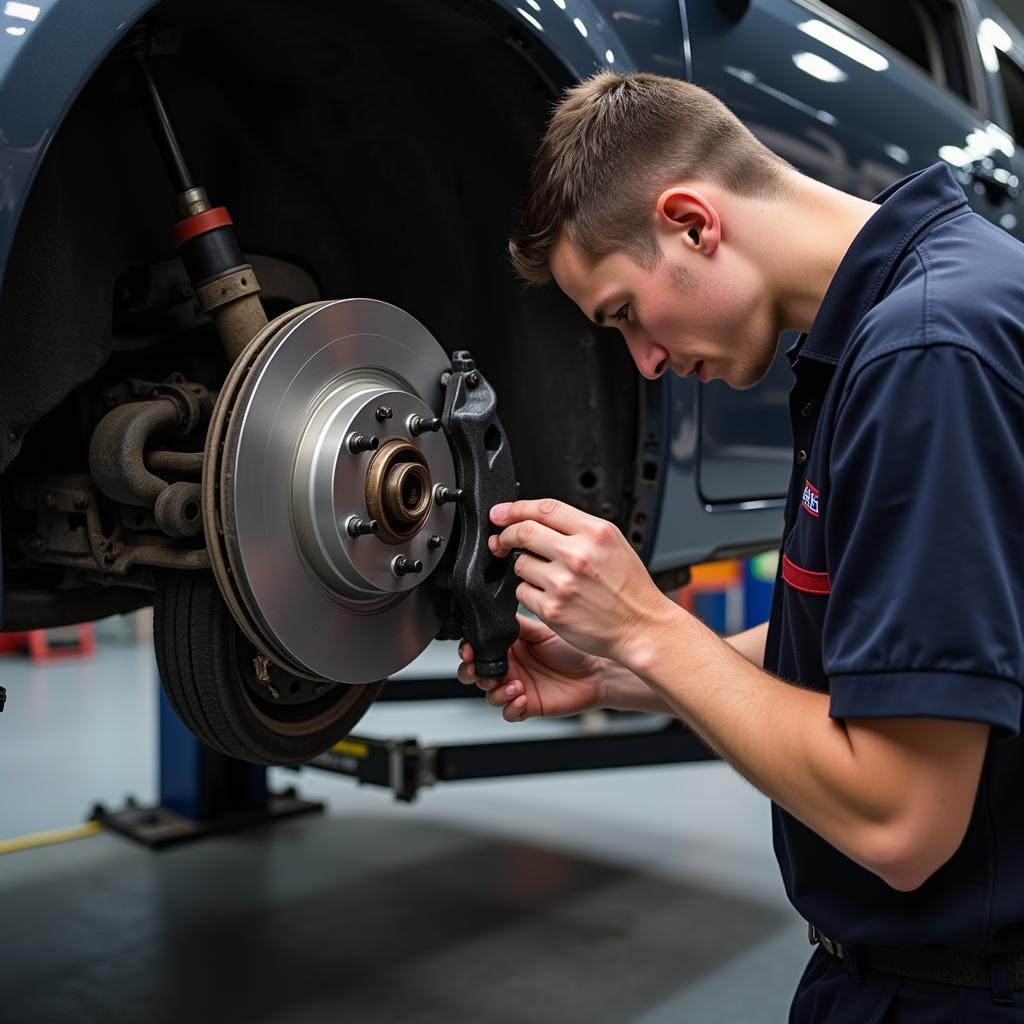 2005 Hyundai Elantra Brake Pad Replacement
2005 Hyundai Elantra Brake Pad Replacement
Conclusion
A glowing brake warning light in your 2005 Hyundai Elantra is a signal not to be ignored. By understanding the potential causes, taking appropriate troubleshooting steps, and seeking professional help when needed, you can ensure your safety on the road and keep your Elantra’s braking system in top condition. Remember, regular maintenance and prompt attention to warning signs are always the best ways to prevent costly repairs and keep your driving experience worry-free.

